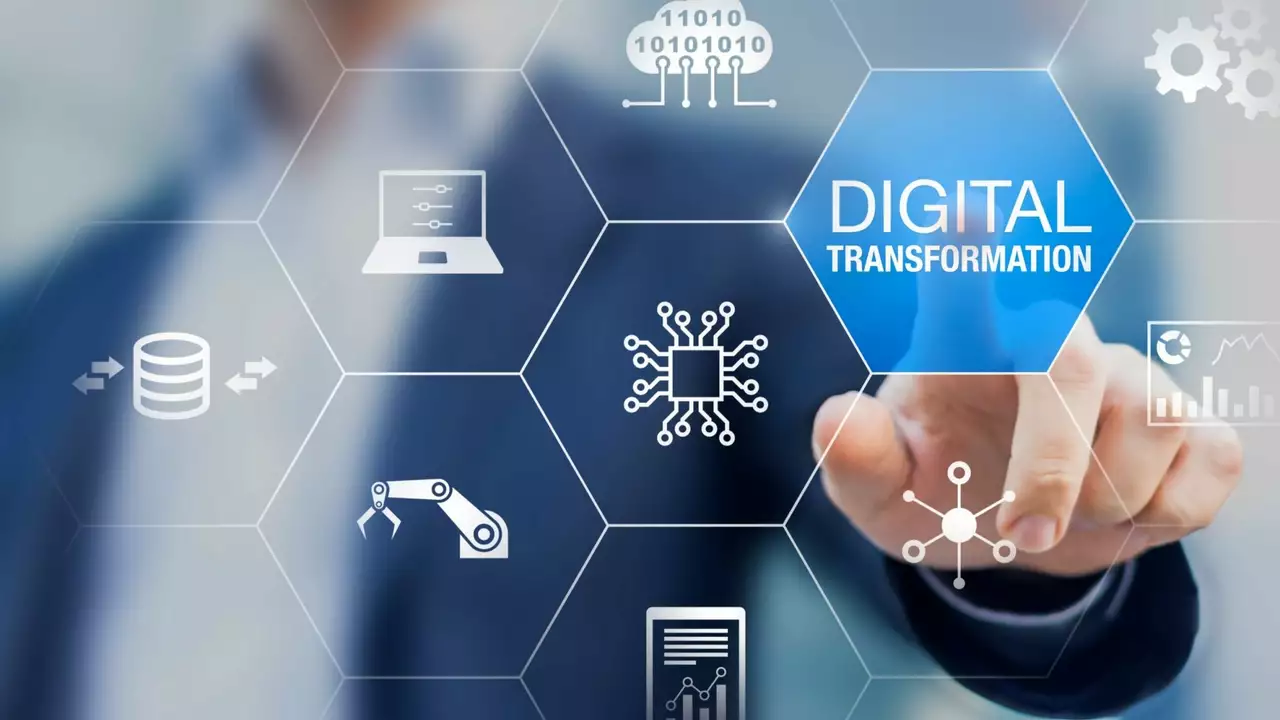Technological Impact: Real‑World Changes You Can See
Ever wonder why your phone seems to know what you want before you do? That's technological impact in action. It’s the invisible force that moves from labs to living rooms, changing how we shop, learn, and work. In plain terms, it’s every gadget, software update, or digital service that makes a task easier, faster, or even possible for the first time.
Everyday Life Gets a Tech Upgrade
Think about the last time you ordered food online. A few clicks and a driver is on the way—thanks to apps that match locations, traffic data, and restaurant menus in real time. That convenience didn’t appear overnight; it’s the result of data crunching, cloud servers, and smartphone sensors all working together.
Another example is how you stay informed. Instead of flipping through newspapers, you get tech‑curated news feeds, podcasts, or AI‑driven newsletters that filter out the noise. Sites like TechCrunch or Wired use algorithms to push the most relevant tech stories straight to your inbox. You’re basically getting a daily tech briefing without the hassle.
Even health care feels the shift. Wearable devices monitor heart rate, sleep patterns, and activity levels, then feed the data to apps that suggest lifestyle tweaks. The impact is clear: people are catching health issues earlier and making smarter choices, all because technology turns raw data into actionable advice.
Business and Industry Feel the Shift
On the corporate side, the impact is a game‑changer. Companies adopt cloud computing to scale up quickly without buying new servers. This move cuts costs and opens the door to new services like AI‑powered customer support. For instance, businesses using quantum‑ready simulations can solve complex problems—like drug discovery or supply‑chain optimization—far faster than traditional computers.
Marketing teams now rely on tools like SEMrush’s Competitor Gap Report to spot weaknesses in rivals. By analyzing keyword gaps and traffic trends, they fine‑tune campaigns with laser precision. The result? Higher ROI and a stronger digital presence.
Start‑ups also benefit from tech ecosystems. A modern tech stack—think Node.js backend, React Native front‑end, and MongoDB database—lets developers roll out mobile apps in weeks instead of months. This speed gives new ideas a chance to reach the market before they become outdated.
Lastly, consider the rise of digital ecosystems. Rather than isolated products, companies now offer interconnected services that talk to each other. Think of a smart home: your thermostat, lights, and security camera all sync through a single hub, creating a seamless user experience.
All these examples show that technological impact isn’t just a buzzword—it's a daily reality shaping decisions, opportunities, and lifestyles. The key is to stay curious, experiment with new tools, and watch how even small tech tweaks can snowball into big improvements.
So next time you notice a smoother checkout, a faster search result, or a healthier habit tracking, remember: you’re experiencing the ripple effect of technology at work. And if you keep an eye on emerging trends—like quantum computing, AI assistants, or next‑gen digital ecosystems—you’ll be ready to ride the wave instead of being left behind.

How does technology affect employment?
In my exploration of how technology affects employment, it's clear that its influence is double-edged. On one side, automation and AI threaten job security in certain sectors, as machines can perform tasks formerly done by humans. However, on the flip side, technology is also a massive job creator, opening up new industries and opportunities we couldn't have imagined a few decades ago. It's also important to note that technology can improve efficiency and productivity in the workplace. So, while the fear of job loss is valid, the potential for innovation and growth is equally significant.
read more